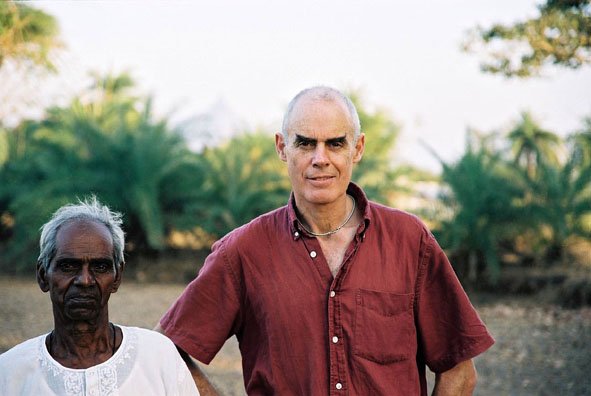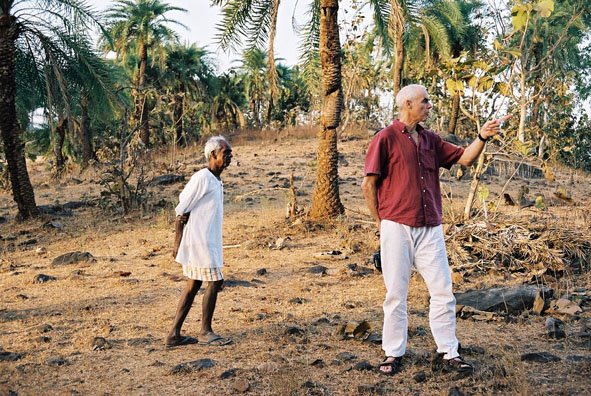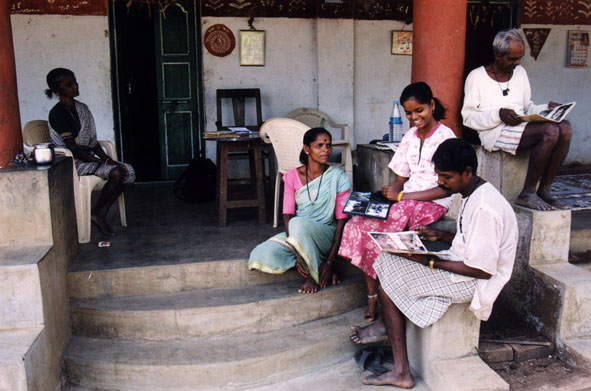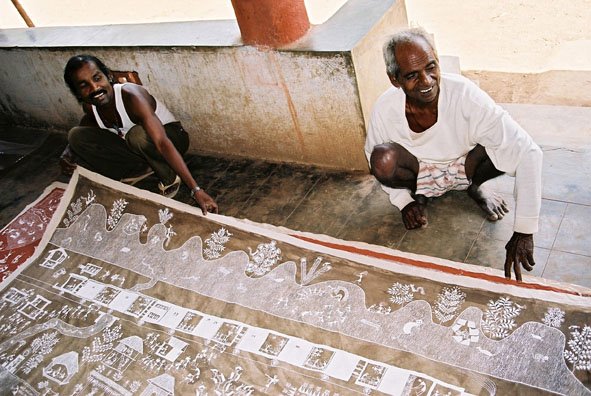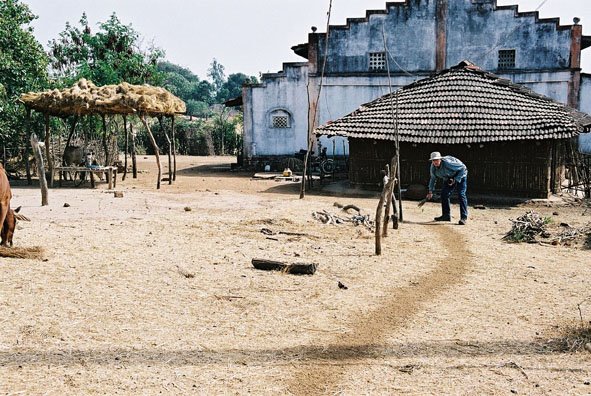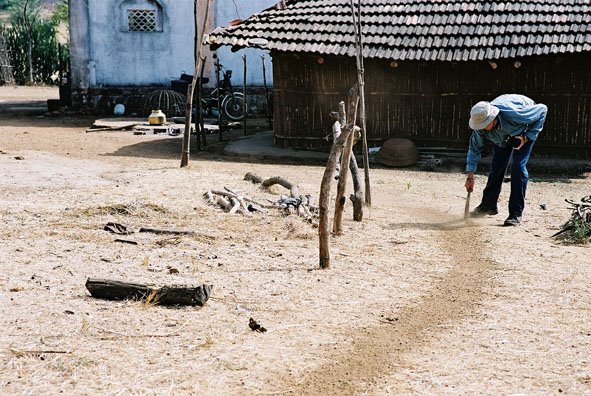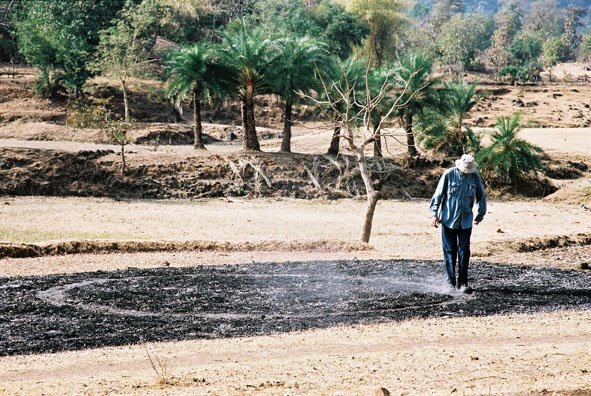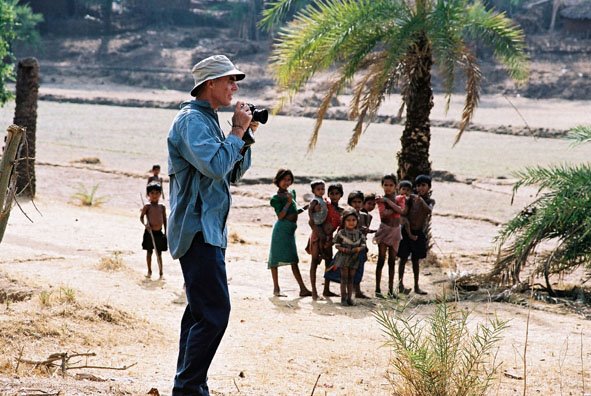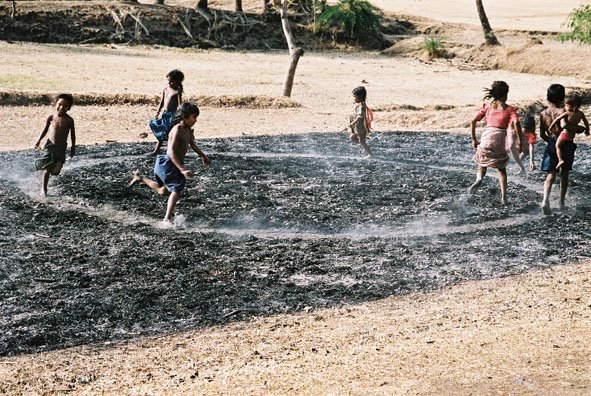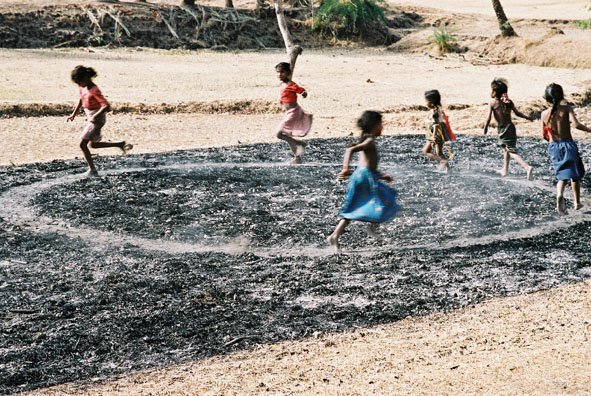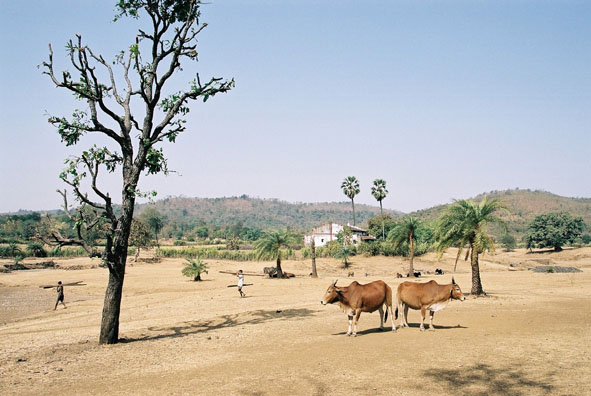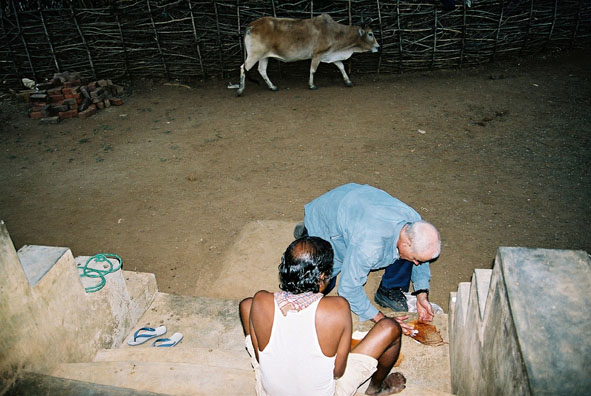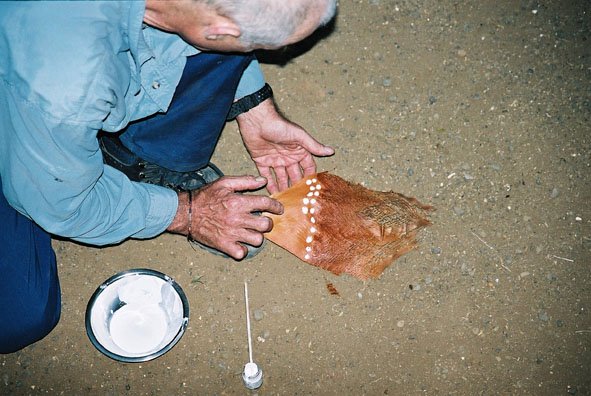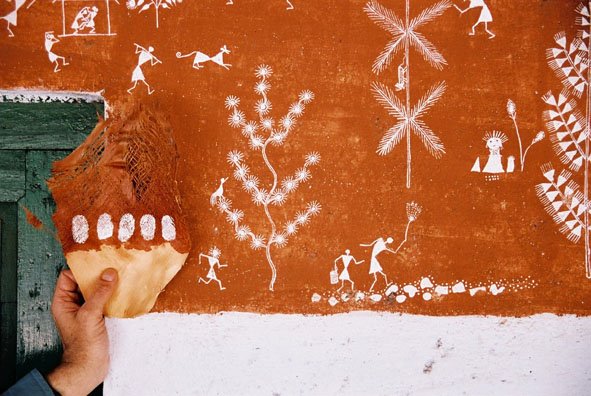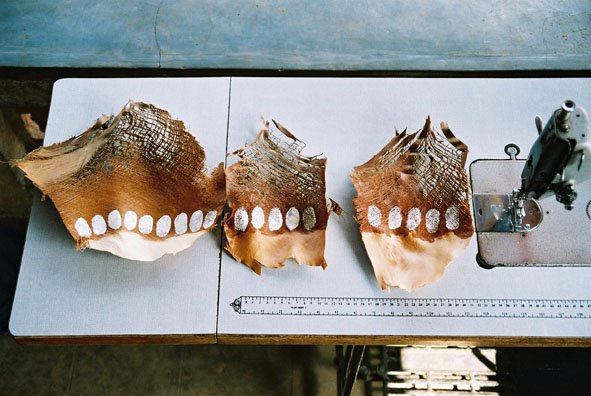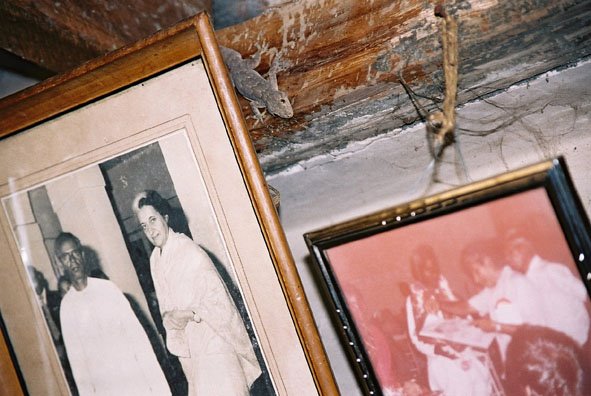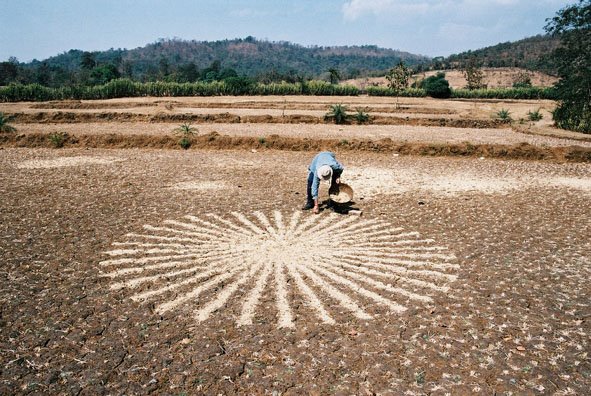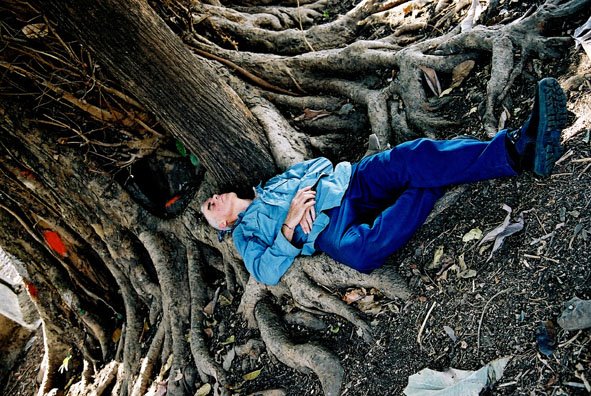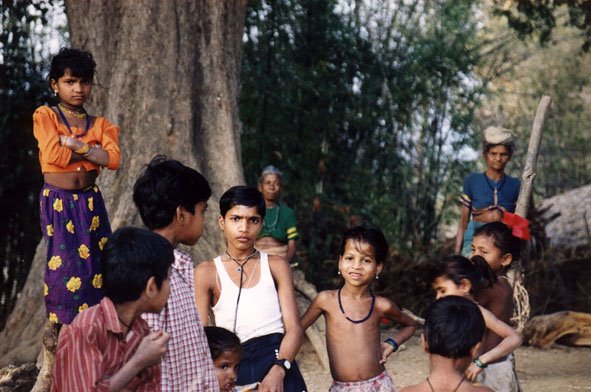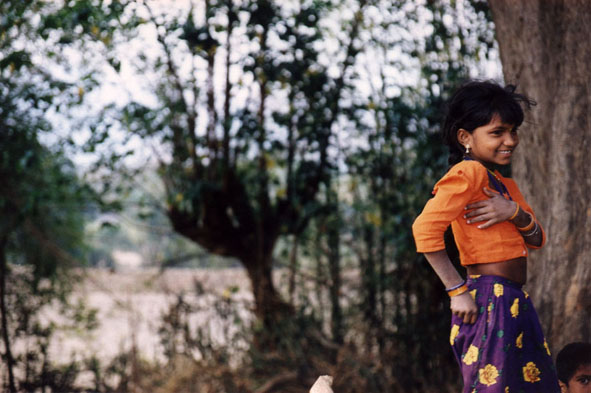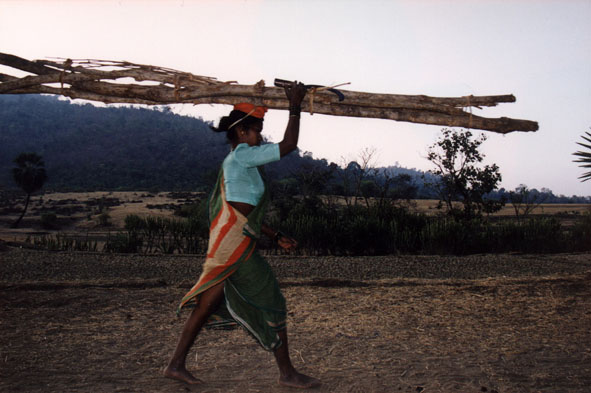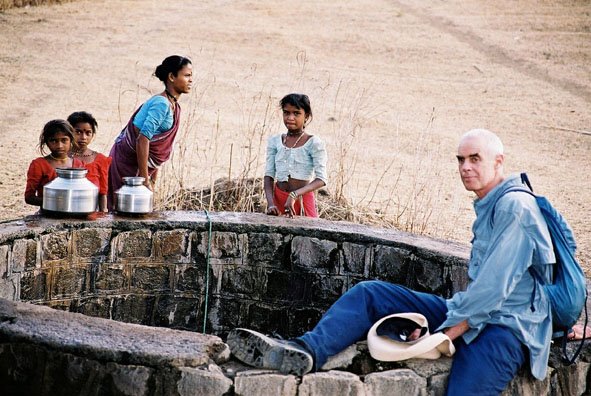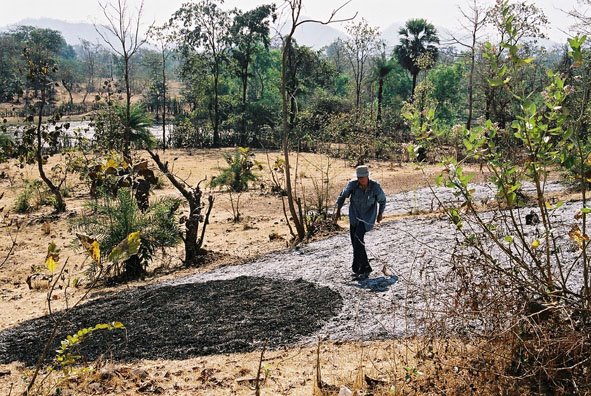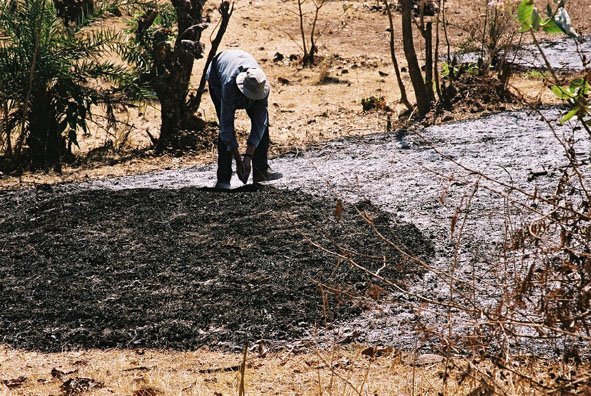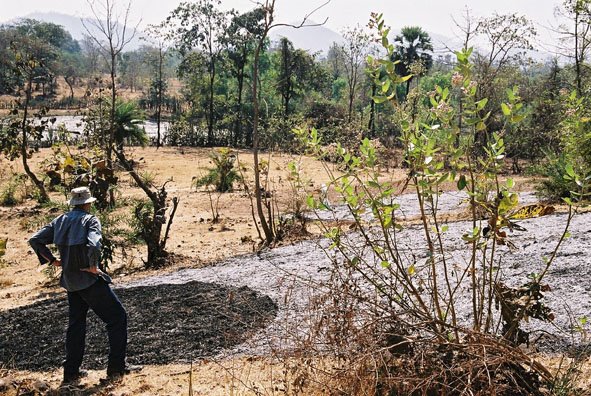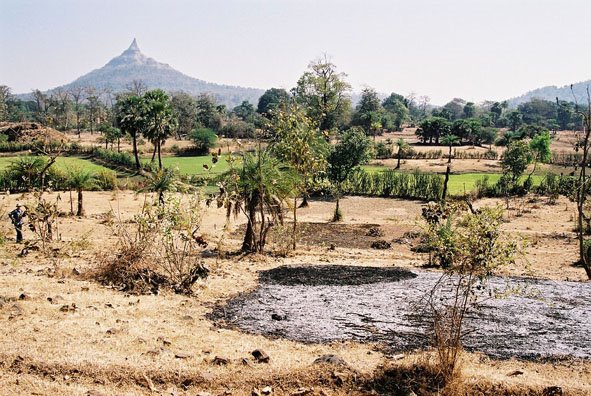FOUND IN TRANSLATION
January 28–April 9, 2012
In our globalized world, with political, economic, and cultural issues intertwined across nations, boundaries between the local and global have all but disintegrated. The necessity, and the difficulty, of communicating across cultural and historical divides is now an unavoidable aspect of our lives. Within this context, translation, in both its linguistic and more figurative senses, has become a fundamental tool for making sense of reality. Unlike ever before, we must consider what can be lost (or gained) in translation, and what effects these endless transformations have on the world around us.
Found in Translation brings together recent works by nine artists who look to translation as both a model and a metaphor to critically comment on the past and to produce richly imagined possibilities for the present. For these artists, converting a text from one language to another exposes a discursive field in which the terms of identity—class, race, religion, sexuality—are negotiated, and meaning is generated. An apparently straightforward linguistic task therefore becomes a microcosm for the interaction between cultures, laden by power relations but also open to new aesthetic possibilities. Delving equally into history and fantasy, the works on view here investigate diverse political and social contexts; at their hearts, language continues to provide the crucial link between the cultures and temporalities they explore.
Because language is experienced in real time, Found in Translation prominently features the time-based mediums of video, film, and 35 mm slide installation, which are augmented by photographs and prints that incorporate language as a formal element. Acts of reading and speaking predominate: Siemon Allen, Alejandro Cesarco, Brendan Fernandes, and Lisa Oppenheim examine the various distortions that cultural changes can wreak upon works of literature. Sharon Hayes, Matt Keegan, and O Zhang look to language as a public forum, focusing on the politics of speech amidst shifting historical contexts. Patty Chang and Keren Cytter delve into the realm of fantasy, translating texts into cinematic explorations of melodrama and desire. Together these artists highlight ways that translation can illuminate the complex historical and political processes that govern life today.
—Nat Trotman
Associate Curator, Solomon R. Guggenheim Museum, New York
Associate Curator, Solomon R. Guggenheim Museum, New York







